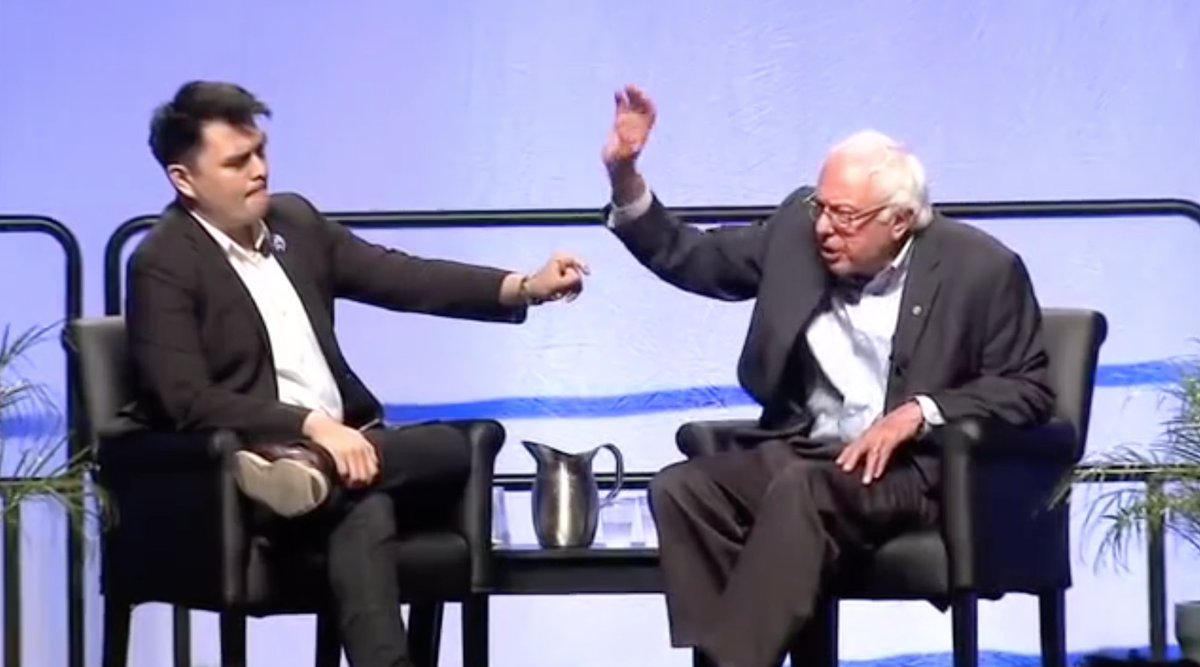“Yeah. People are, in many cases in this country, working longer hours for low wages. You are aware of the fact that in an unprecedented way, life expectancy has actually gone down in America because of diseases of despair...
This was an answer similar to the one I heard Sanders offer to Black Lives Matter protesters at the 2015 Netroots Nation in Phoenix:
dailykos.com/stories/2019/1…
gspp.berkeley.edu/research/selec…
ers.usda.gov/amber-waves/20…

researchgate.net/publication/24…
amazon.com/Alt-America-Ri…
wsj.com/articles/place…
1) By accommodating it, capitulating to it, and encouraging a politics of intolerance that lies when it tells people these fears are well grounded, as Republicans and the conservative movement have done for a very long time ...
washingtonpost.com/politics/2019/…










